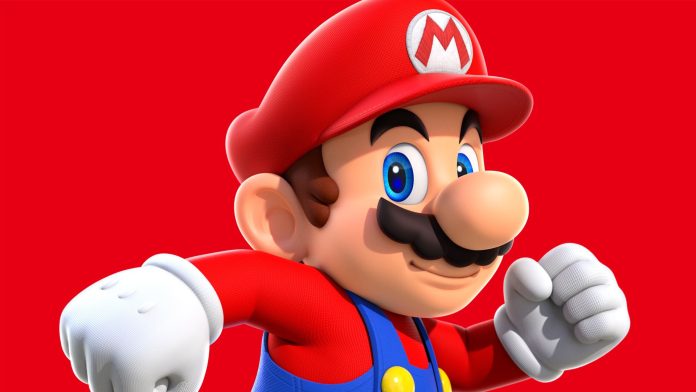Nintendo fans might be willing to pay more for its games and consoles, but the gaming industry as a whole is a different story
Nintendo is raising prices — will the game industry follow?

Sign in to your Polygon account
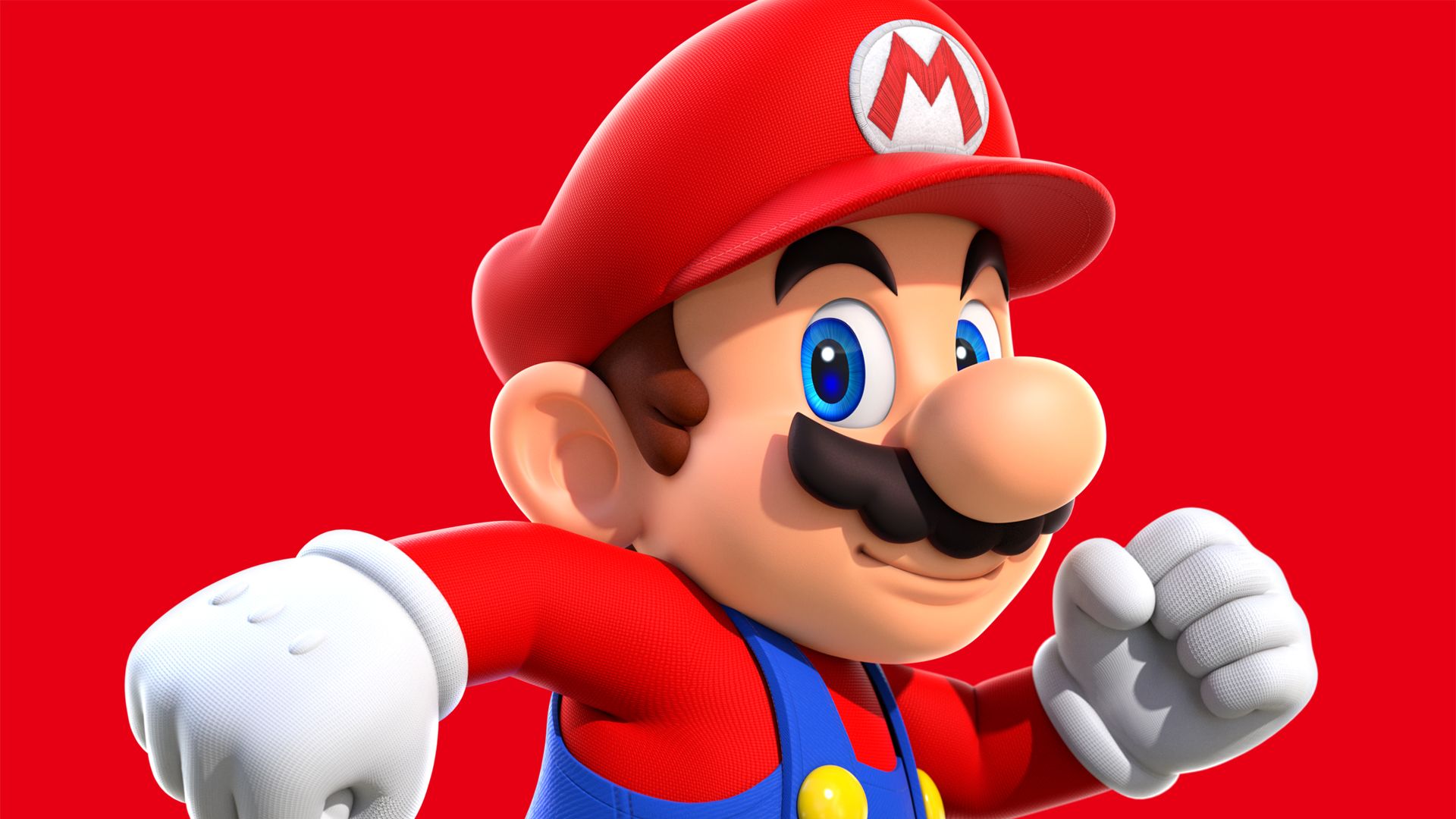
The gaming industry can’t stop bleeding money. Every year, there are countless stories of studios releasing big-budget games only to pull the title, lay people off, and in some cases, just close down entirely. With tariffs factoring into the equation, price hikes appear inevitable for AAA games. In recent months, nearly every publisher that considered or proposed a price increase on their titles has backed down. But the question of pricing is also more complicated than it appears.
In late July, EA CEO Andrew Wilson told investors that the publisher would not be making any type of pricing changes to its games, which include franchises like Battlefield and many major sports series. As Wilson tells it, the company already offers a broad range of prices for its products, from free-to-play titles like Apex Legends to subscription services like EA Play, which offer a catalog of games to consumers.
“We’ll continue to look at opportunities to deliver great value to our players through various pricing schemes over the course of time, but no dramatic changes are planned yet,” Wilson said.
Earlier this year, Microsoft announced that fans will need to shell out more money for its products, like consoles and games. Starting this holiday season, the company said, it would start selling games at $79.99 rather than $69.99. Xbox hardware would also see a 20% increase. Accordingly, Obsidian’s capitalism-skewering RPG The Outer Worlds was initially priced at a higher rate when it was announced in June. But a month later, and following much fan outcry, Obsidian walked back the pricing to $69.99.
“We have received your SOS via skip drone about the pricing,” Obsidian said on social media, fully in character as one of the evil companies featured in its digital dystopian world. “As an organization devoted to making sure that corporations do not go unfettered, we at the Earth Directorate have worked with [REDACTED] to revise the price of The Outer Worlds 2.”
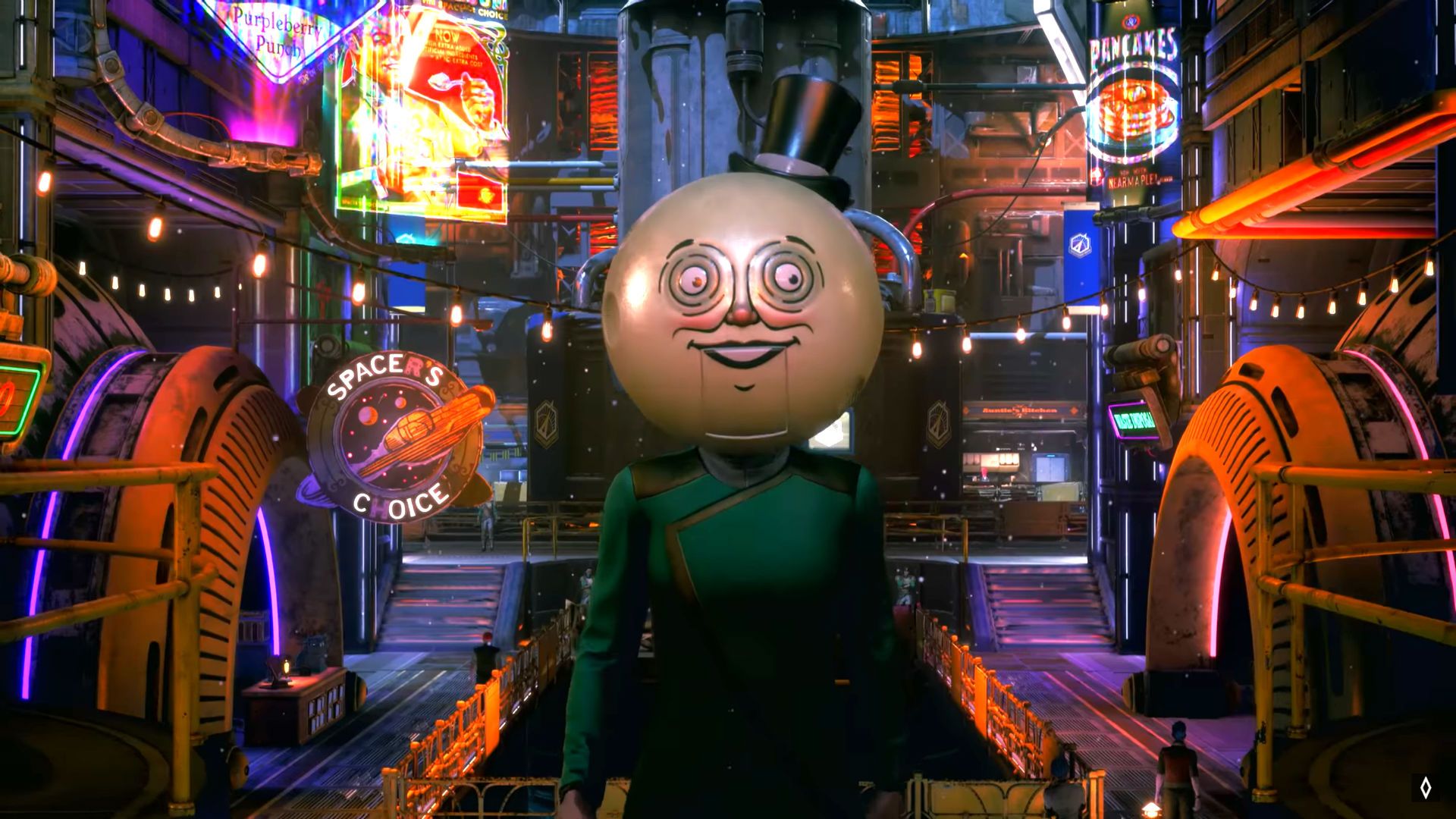
Some U-Turns have arguably been more subtle, as was the case with Gearbox’s rowdy shooter, Borderlands 4. A price point was never outright stated, but Gearbox CEO Randy Pitchford roused an internet mob after a series of comments that suggested people might need to ready themselves to pay more across the board. During a PAX panel, Pitchford acknowledged that the average consumer probably didn’t want to spend more money on games, but ultimately, gaming budgets for titles of Borderlands’ caliber have ballooned massively over the years.
“It’s getting gnarly out there, you guys,” Pitchford said. It was a measured answer to a testy subject, but things went south after the gaming personality posted a harsher take on social media. Speaking to a potential player, Pitchford said that the pricing question was out of his hands but that a “real fan” would pay whatever was needed for their favorite products. He illustrated his point by noting he once worked a minimum wage job in high school, yet he was still able to afford to purchase an $80 game in 1991.
As you can imagine, these remarks did not go down well. Pitchford kind of apologized for the way he worded things. Shortly after, 2K clarified that Borderlands 4 would not cost $80 after all, though options for more expensive versions of the game would be available for diehard fans.
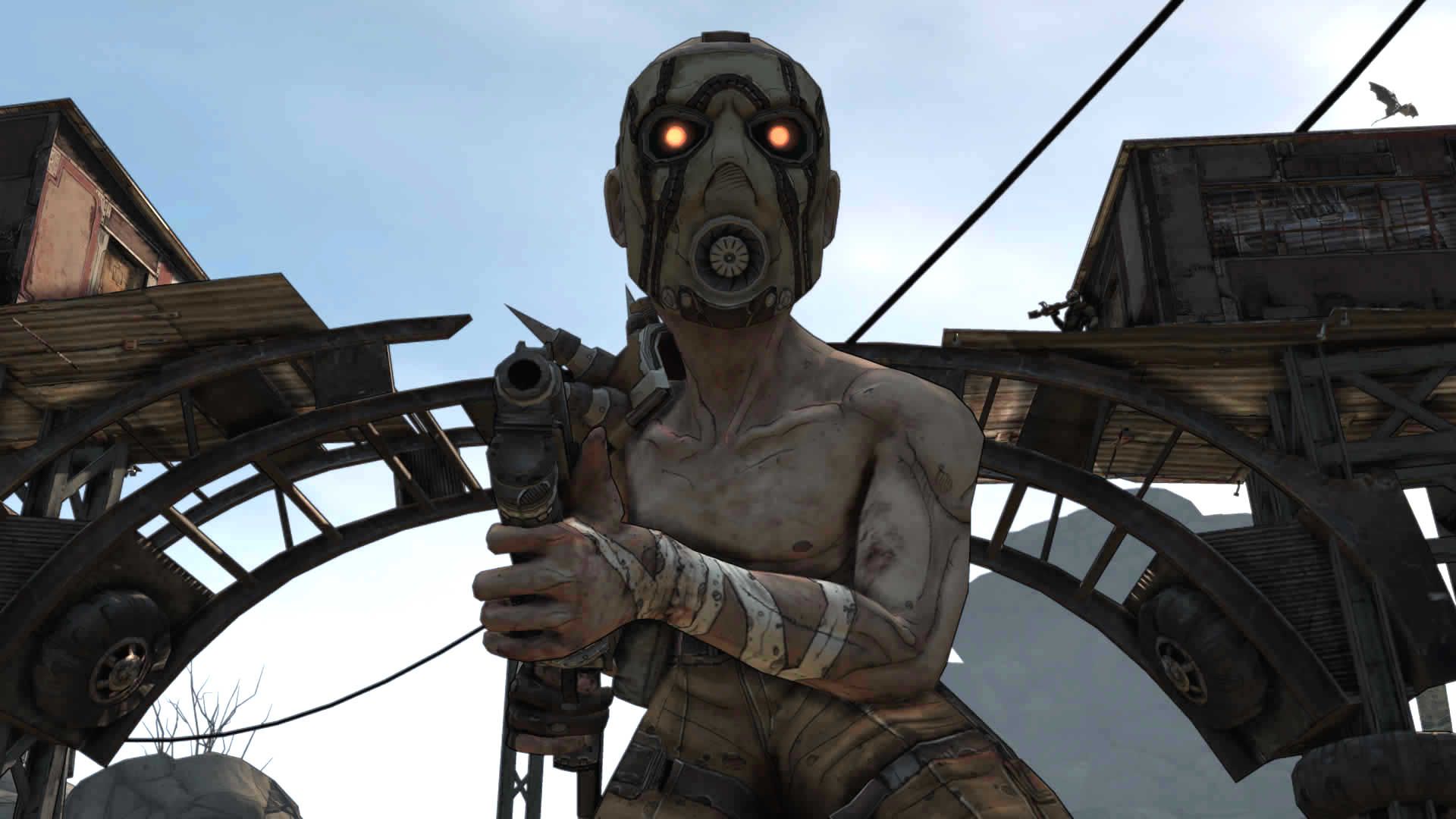
Perhaps the only company that’s been able to navigate price increases for its products is Nintendo. Even taking inflation into account, the Switch 2 is the Japanese company’s most expensive console ever. To accompany that news, Nintendo upped the price of its standard games from $59.99 to $69.99. This is what people have been paying for games on other platforms, like the PS5, which may be why the pricing has worked out. People are paying more than before, but the prices are in line with what people already expect to spend. The Switch 2, after all, is breaking sales records — and games like Mario Kart World are doing just fine.
Arguably, Nintendo’s entire brand is wrapped up in the image of high-quality products. For a long while, the company sold products accompanied by a “Nintendo Seal of Approval.” Though that practice has died out, Nintendo’s veneer of polish has not. Where most publishers will eventually slash prices of older titles or put things on sale, Nintendo games are notorious for never becoming cheaper.
Is there a limit to how much a company might squeeze out of a fan, though? In early August, Nintendo announced that it would be pumping up the price of all of its older Switch consoles. Though Nintendo hasn’t shared specific numbers yet, the prospect of charging more for a console that’s nearly a decade old has struck some fans as outrageous on social media. But this far in, maybe the price of a Switch doesn’t even matter anymore. The hardware is already on track to become the best-selling console of all time. A price hike probably won’t prevent the console from reaching that incredible milestone; it’ll likely just take a bit more time to get there.
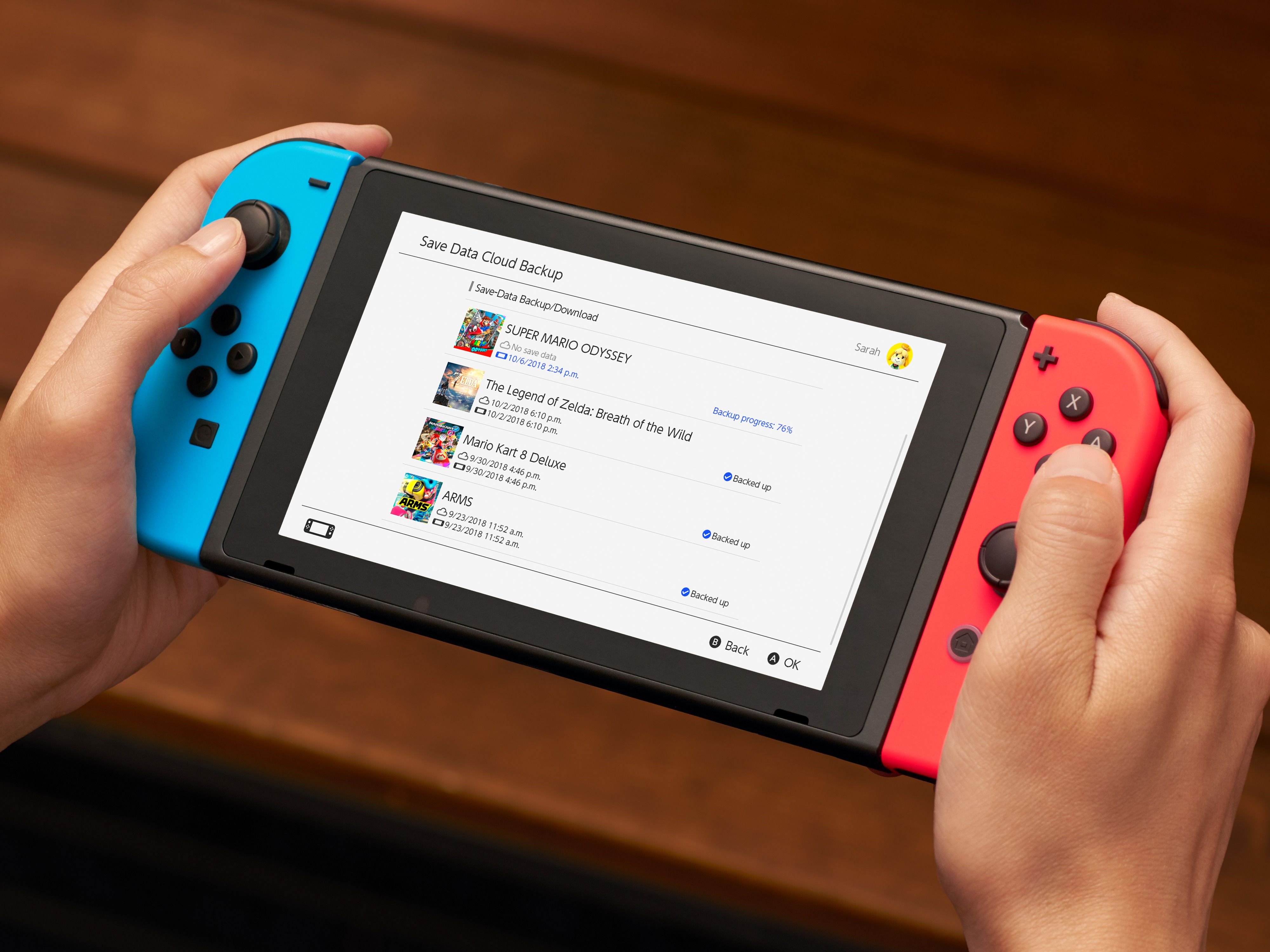
That, and there’s safety in numbers. Microsoft’s increased pricing plans for existing Xbox models have already mentally primed audiences to expect to pay more for consoles, even if they’ve already been on the market for several years. The widespread news of tariffs has also worked to help audiences swallow price changes; people know that they’re going to have to pay more for everything, period. The adjustment will probably pan out for Nintendo, but Microsoft’s proposal may be more tenuous. Even casting aside the idea of a console war, the reality is that Xbox hardware sales lag considerably behind its competition. With fewer exclusives under its belt and a surcharge to boot, Xbox consoles are facing an uphill pricing battle.
At first blush, with so many companies flirting with or committing to price increases, breaking the $80 barrier might come across as an inevitability for the gaming industry. Already, analysts are musing that Grand Theft Auto 6 could easily command a price point of up to $100. People might not be thrilled to reach so deeply into their pockets as a rule, but premium products like GTA can throw their weight around. Though many developers have tried, no one has managed to produce a game that stacks up to the experience GTA offers. 2K Games could theoretically leverage GTA’s unique power in that regard, price-wise.
Though it’s an arbitrary number, the $100 thought experiment also highlights another wrinkle in the wider discussion of game prices: the notion of one specific, widespread price point for either games or consoles might be an antiquated concept.
“Each game will have its own particularities when it comes to determining a launch MSRP,” Circana analyst Mat Piscatella tells Polygon. Circana notes that products like collector’s editions already challenge the notion of a single widespread game price point. Where one publisher might be toying with the idea of an $80 title, Steam’s new hotness might turn out to cost nothing more than $3. There’s plenty of middle ground too, as evidenced by breakaway hit Claire Obscur: Expedition 33, which retails at $49.99. And we can’t forget the 2025 meme takeover of Peak, which costs $7.99.
Larger publishers spending millions of dollars might be eyeing higher price points to justify those budgets, but that doesn’t mean every major game in the future will absolutely cost $80. And if they do, the publisher has to do the legwork of proving why its products can command prices like that. Without enough justification, we’ll continue seeing more caution around higher price tags at best, and more walk-backs at worst. Unless you’re Nintendo, which has historically proven stubborn when it comes to capitulating to fan demands of any nature. Chances seem good that whatever the company announces on August 3 will stick, even if fans aren’t happy about it.
“I think we’re going to see devs and pubs continue to be more creative in their approach to pricing, with more variability in strategies from base pricing to discounting,” Piscatella adds. “And with digital becoming the in some cases overwhelming majority in volume, devs and pubs will be able to react far more quickly (for better or worse, depending on one’s perspective) to changing market conditions when it comes to pricing than they could with physical software and working through retail.”
